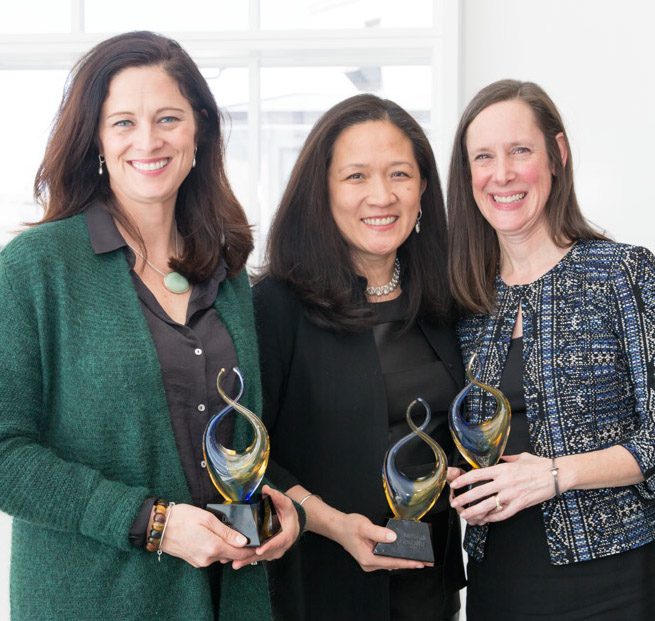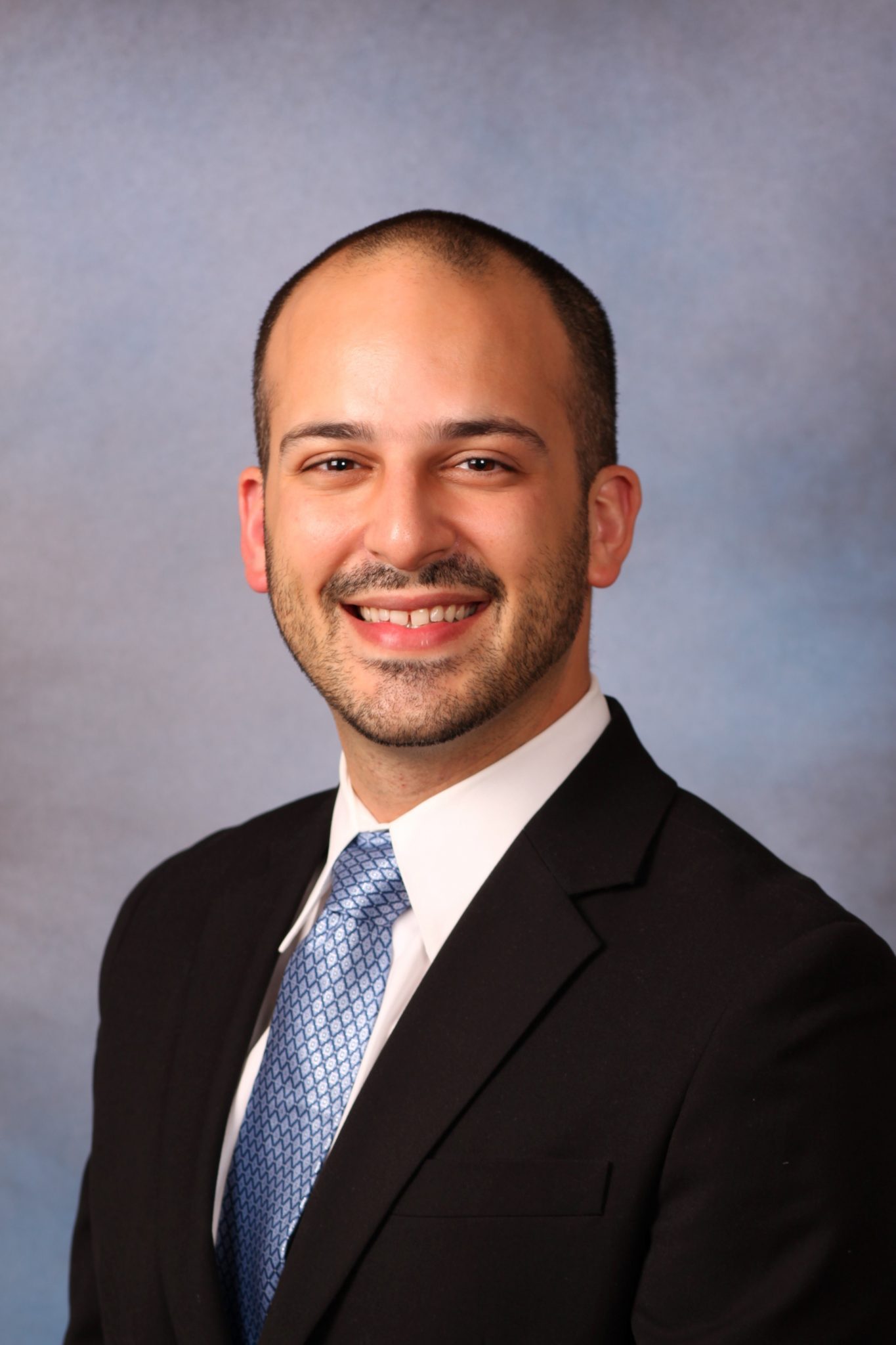The Diversity & Flexibility Alliance’s Spotlight on Flex showcases professionals from member organizations who exemplify personal and professional success while working a flexible schedule. Their stories illustrate the long-term benefits that flexible schedules offer to both individuals and organizations.
PAST SPOTLIGHTS
If you are a professional working a flexible schedule and would like to share your story in an upcoming Spotlight on Flex, please contact Angela Whitehead Quigley.


Spotlight on Flex – Kristine Sendek-Smith
The Spotlight on Flex showcases professionals from member organizations who exemplify personal and professional success while working a flexible schedule. Their stories illustrate the long-term benefits that flexible schedules offer to both individuals and organizations.
This month, we are pleased to share insights from Kristine Sendek-Smith, Partner in the Washington, DC office of Akin Gump Strauss Hauer & Feld LLP.
Kristine Sendek-Smith: As lawyers, we have varying degrees of “Type A” personalities, and work-life balance implies equilibrium. But that’s not reality, and it’s hard for a lot of us to come to terms with. I like the Alliance’s term “work-life control” instead; flexibility is a delicate thing, and what works for one individual may not work for another. But technology, along with a give-and-take attitude, will help keep the trains running wherever you are.
Even though I started my legal career as a summer associate at Akin and then as a first year litigation associate here in 1997, I left in 2000 to work for a small environmental defense firm. My career path then took me to the US Attorney’s Office in Baltimore, Civil Division, for five years. While there, I had my daughter and started working a part-time schedule. I was lucky to be in a division with wonderful, female mentors, some of whom were also on a reduced hours schedule. In 2010, I returned to Akin on an 80% schedule (meaning, for me, I’m out of the office on Fridays), and I became partner while working flexibly. The firm has been amazing with supporting and implementing its Reduced Work Schedule Policy under the leadership of our chair,
Spotlight on Flex – David Soofian
The Spotlight on Flex showcases professionals from member organizations who exemplify personal and professional success while working a flexible schedule. Their stories illustrate the long-term benefits that flexible schedules offer to both individuals and organizations.
This month, we are pleased to share insights from David Soofian, Associate in the New York office of Kaye Scholer LLP.
 Diversity & Flexibility Alliance: How have you made flexibility a priority and a success with your career? How have clients contributed to your flex success?
Diversity & Flexibility Alliance: How have you made flexibility a priority and a success with your career? How have clients contributed to your flex success?
David Soofian: I telecommute one day a week and have a normalized flex schedule. I have (almost) three year old twins, and they are my priority on every level. Spending time with them is the best part of my day. I want to be a present and involved dad, so I take charge of their morning routine – waking them up, getting them ready, and taking them to school every morning – and make sure I’m home at night in time for bath and bed time.
I’m a seventh year Intellectual Property associate, and the nature of my work allows me to manage my own schedule. The deadlines in Federal District courts and the Court of Appeals for the Federal Circuit are typically known well in advance, which makes it easier to tackle big projects on my own schedule. So in order to be home in time to bathe and put the kids to bed, I log in extra hours outside of the traditional workday to meet my professional obligations. This also means if there’s going to be a conflict, I’ll know about it well in advance.
Spotlight on Flex – Beth Dickstein
The Spotlight on Flex showcases professionals from member organizations who exemplify personal and professional success while working a flexible schedule. Their stories illustrate the long-term benefits that flexible schedules offer to both individuals and organizations.
This month, we are pleased to share insights from Beth Dickstein, Partner in the Chicago office of Sidley Austin LLP.
Beth Dickstein: After 24 years of working flexibly, I think I offer a unique perspective. I’ve been with Sidley Austin for 27 years, and I started on a flex schedule as a third year associate when my son was born – that was 24 years ago! I was at a 70 percent schedule, then moved to 80 percent, and now am at a 90 percent reduced hours schedule. I still come in every day, and there are times when I work from home. Looking back, it’s amazing how much flexibility has changed over two decades.
When I first contemplated working flexibly, there weren’t many women partners, and there were even less working “part-time.” There was one partner in the Tax group who worked one day from home, and it seemed to be working. I took that as a positive sign both personally and from the firm’s perspective. I wanted my Fridays completely off so I could use it to volunteer in my kids’ classrooms. (I also have a daughter who is now 22). In 1993/1994, the technology we have today that facilitates flexibility and telecommuting wasn’t there (or was just starting) – there was no internet, email, cell phones, etc. So when I was off on Fridays,